The city of Niigata, located in the prefecture of the same name, has one of the richest culinary cultures in Japan. Both a seaside and a countryside city, it offers fresh products in abundance, both from the sea and from its fertile soil. Among these local specialties, the most famous one is sake, produced by no less than 15 active breweries in the city. Sake is a delicacy that I was eager to discover more about through a visit to a local shop and brewery.
The ideal geographic location
Producing high quality sake requires two main things: good rice and pure spring water. Bingo! In Niigata, there’s plenty of both. In the Shinkansen from Tokyo you can actually notice as the train approaches Niigata rice fields stretching as far as the eye can see.
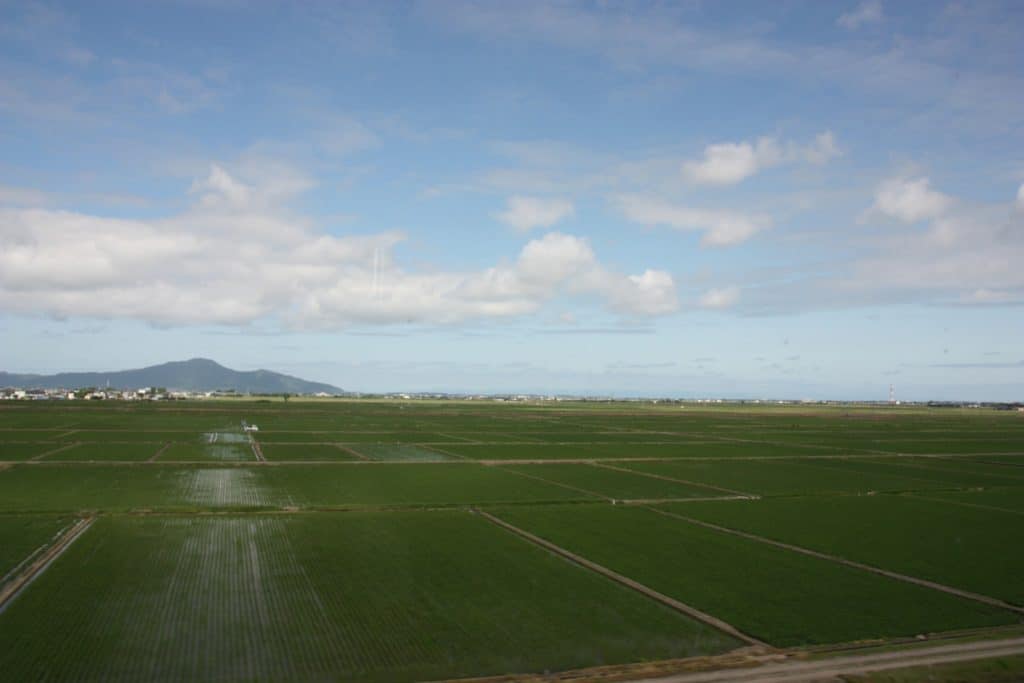
As for ingredient number two, spring water, Niigata gets it’s water from the abundant snow covering the mountains of the region every winter.
Ponshukan: Celebrating sake in Niigata Station
The tone is set as soon as you arrive in Niigata Station! You only have to get out of the train, take the South exit towards the West Wing of the building and there you will find Ponshukan.
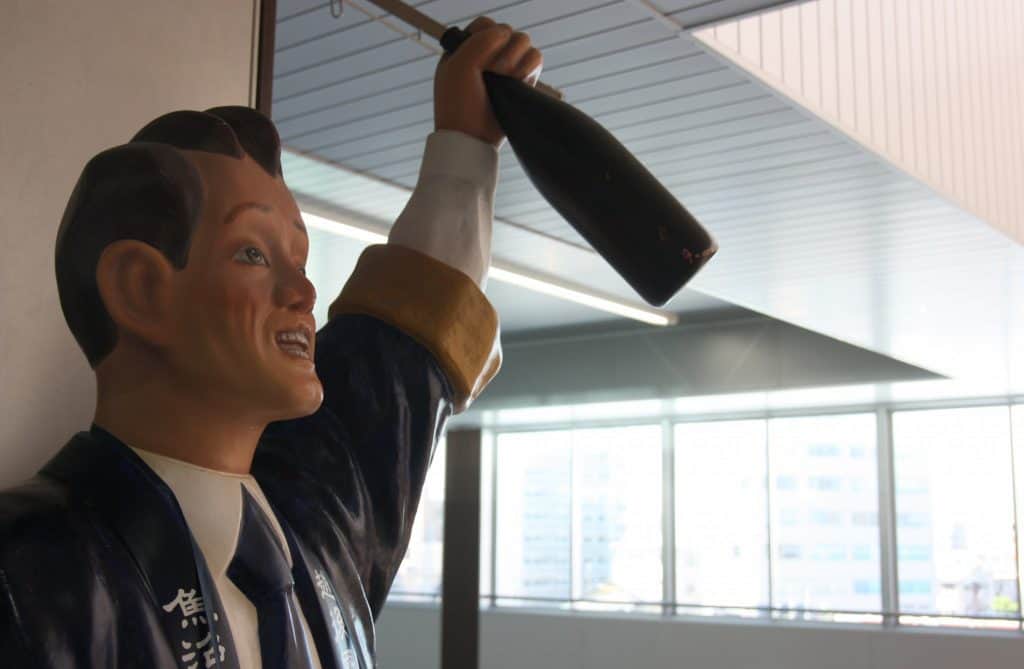
At Ponshukan you will discover a shop offering a large selection of local specialties. Miso, soy sauce, sweets and, of course, entire shelves of Niigata’s famous sake.
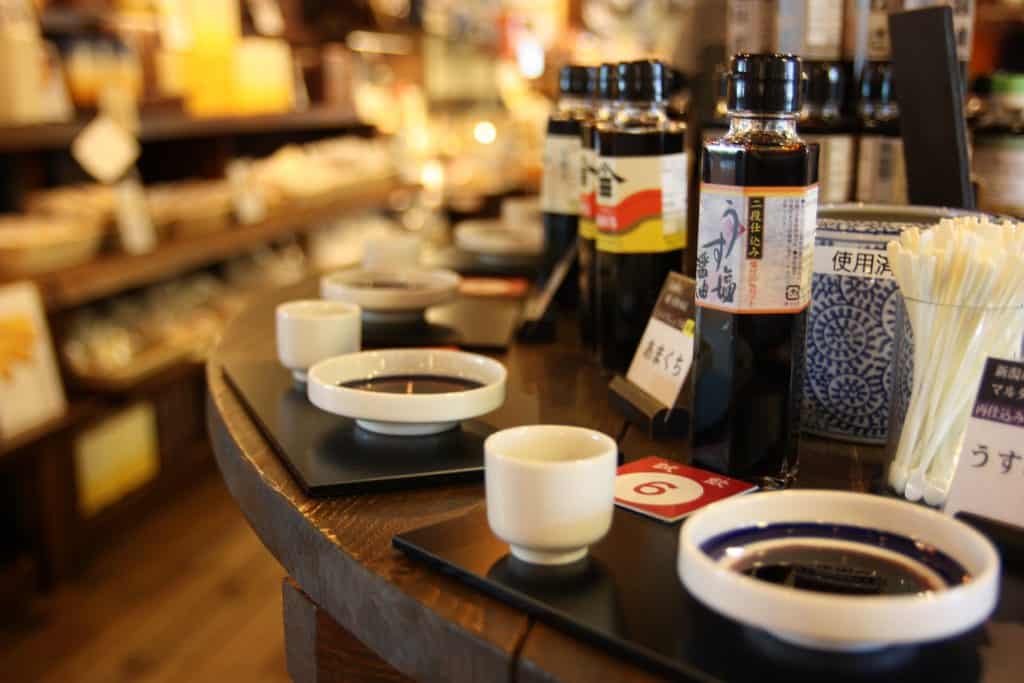
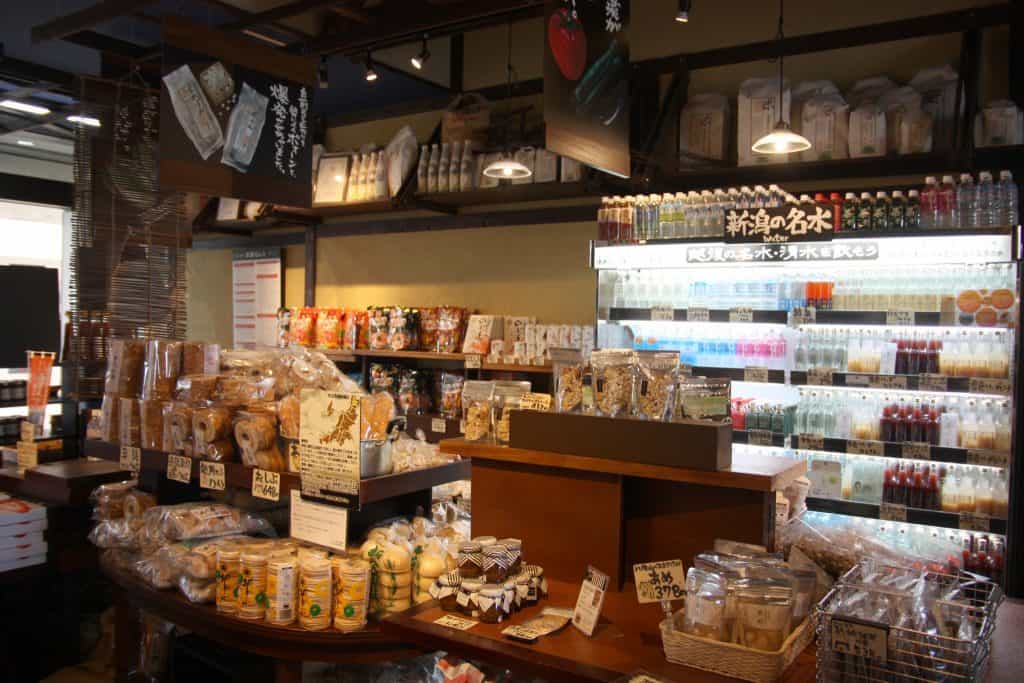
Choosing among the different types of sake on display without even tasting them definitely isn’t an easy task.. Well, there’s good news, Ponshukan actually doubles as a unique space dedicated to sake tasting.
What makes this shop unique is that in exchange for only 500 yen you can taste five different sake among a selection of 100 sake. And in true Japanese fashion, the whole process is a self-service one thanks to a gigantic vending machine. You may be familiar with the drink vending machines that appear every five meters on Japanese sidewalks…I can assure you that this sake vending machine is nothing like its miniature cousins. It fills the space of an entire wall!
How does it work?
On top of being quite cheap, this system is also very easy to use. You’ll find the beast on the right side of the shop, in a room separated from the shopping area and exclusively used for tasting. If no one is at the register there, start by notifying one of the staff members in the shop that you would like to buy tokens for sake tasting. In exchange for your 500 yen and the confirmation that you are of drinking age (20 in Japan), you will be given five tokens and a small porcelain glass not much bigger than a thimble, an ochoko.
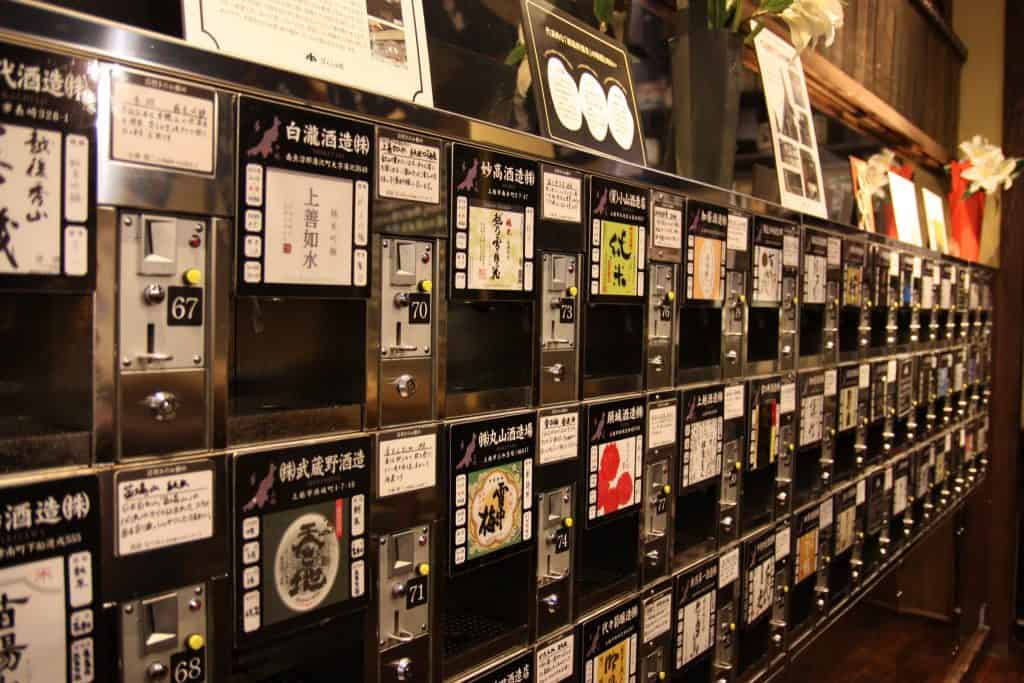
No worries if you do not speak Japanese, the whole step by step process in English is displayed in the room. Here is how to get started with the sake tasting.
Step 1: Choosing the sake
Looking back, I would say that this first step might actually be the most difficult one! Choosing among a hundred sakes can be challenging. Some try at random, others choose their sake based on the nice design of a label. I personally chose to go with the shop’s recommendations. You will find in the room a couple of black boards with the names of the most popular sakes at Ponshukan (and here again no worries if you cannot read Japanese, you will just have to spot the corresponding number). Once you have identified the number of the sake you want to try out first, you can move on to step two.
Step 2: Pouring a glass
So there you are, facing the wall of sake dispensers in front of the sake number you’ve chosen. First and foremost, do not forget to place your small glass on the circle (it would be a shame to spill the sake!). You can then insert one of your five tokens into the slot. Finally, press the yellow button and the perfect amount of sake will automatically be poured in your glass.
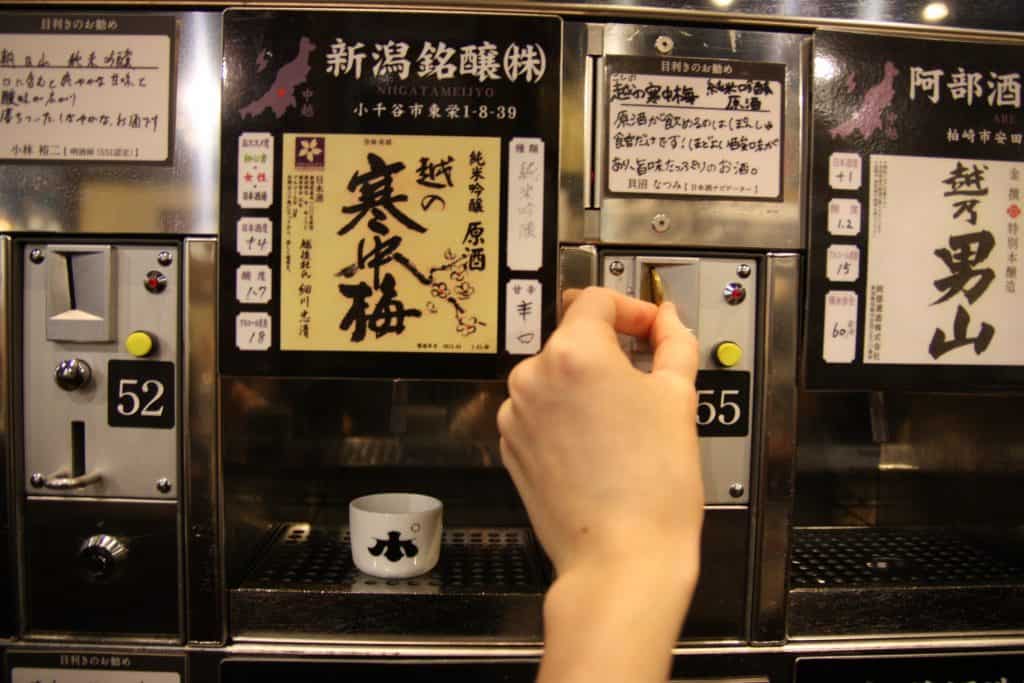
Step 3: Enjoy
Take your time to savor your five sake samples (don’t drink them all in one go!). The atmosphere in the room is nice, with softened lights and jazz music in the background. You’ll also find small plates filled with several kinds of salts which you can add on the rim of your glass to slightly change the sake flavor.
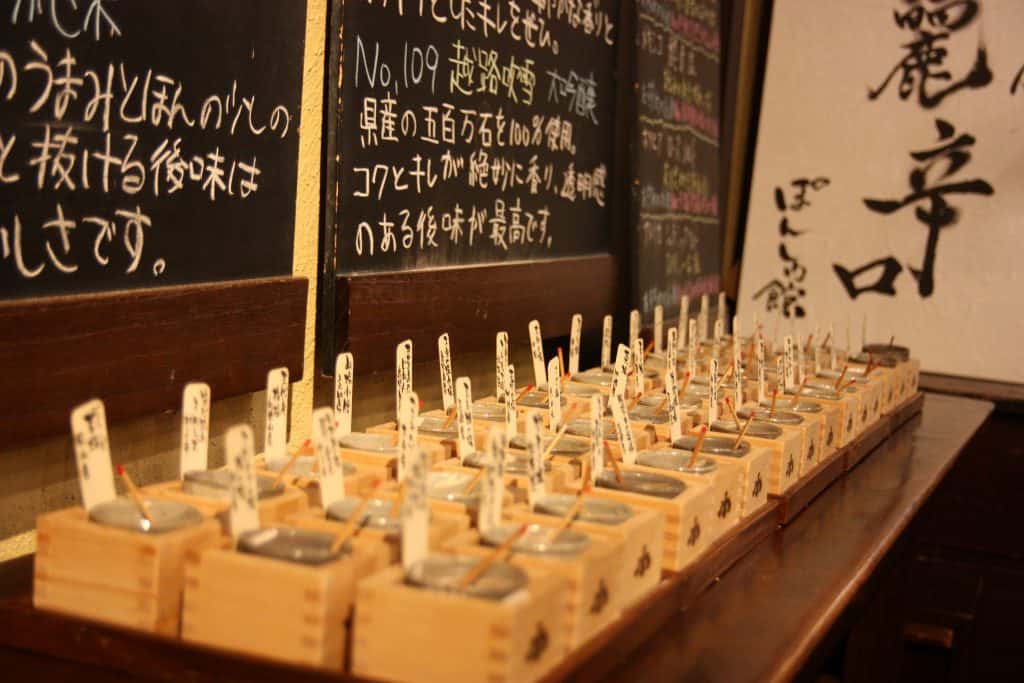
Once you’re done with your sake tasting, just place your glass in one of the trays at your disposal and go back to the shopping space to fill up on souvenirs made in Niigata—the bottle of your favorite sake for example. And why not buy one of those tiny porcelain glasses to go along with your beverage.
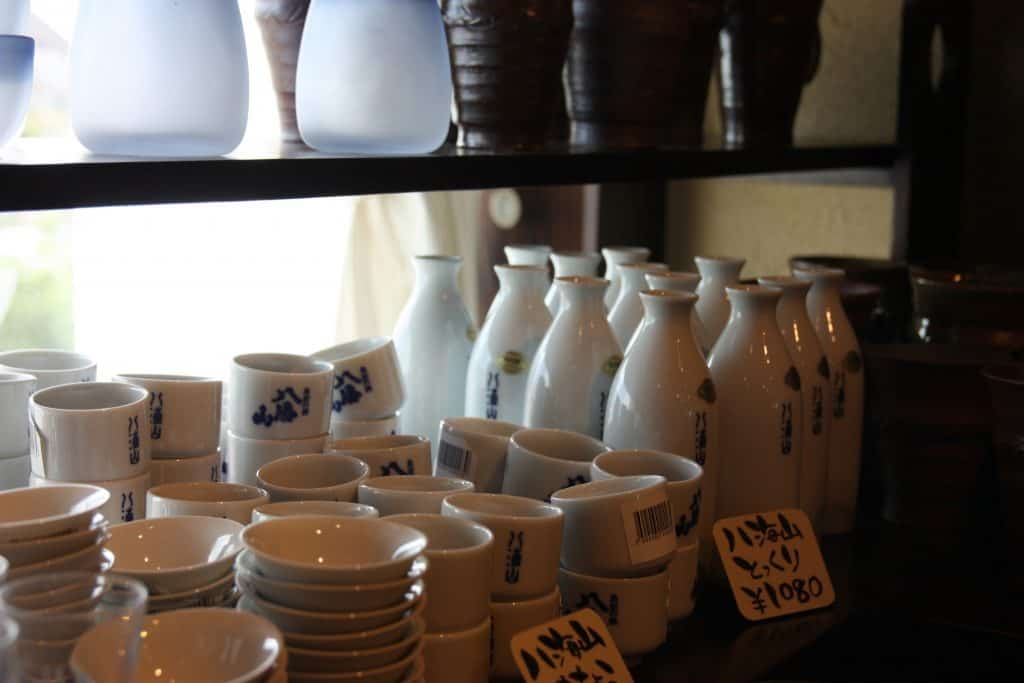
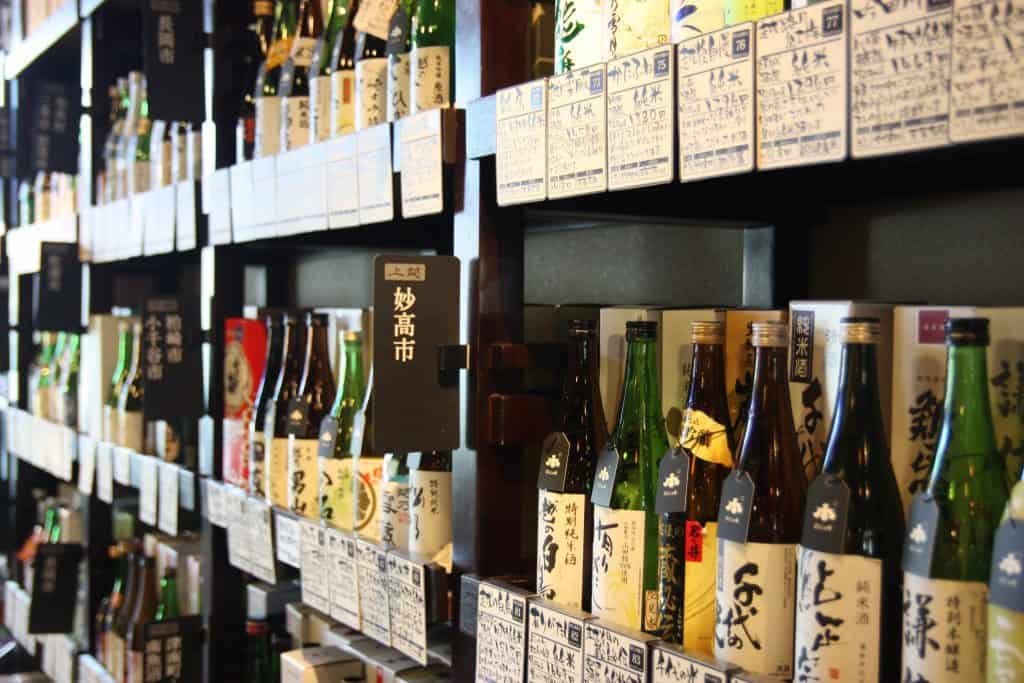
For all those of you that feel curious to know more about sake making after this tasting session, I have good news! The Imayo Tsukasa Sake Brewery is located a mere 15 minutes walking from the station and offers free tours for you to learn more about their unique expertise.
Visiting Imayo Tsukasa Sake Brewery in Niigata
There are many sake breweries in Niigata Prefecture, but the Imayo Tsukasa Brewery is the closest to Niigata Station. Everything there is made to introduce visitors to Niigata’s unique history and tradition of sake production. Start with guided tours of the brewery offered every day for free once an hour between 9:00 and 16:00. If you ask beforehand, they can even be given in English! If no staff member speaking English is available when you come, they have brochures with all the explanations given during the tour.
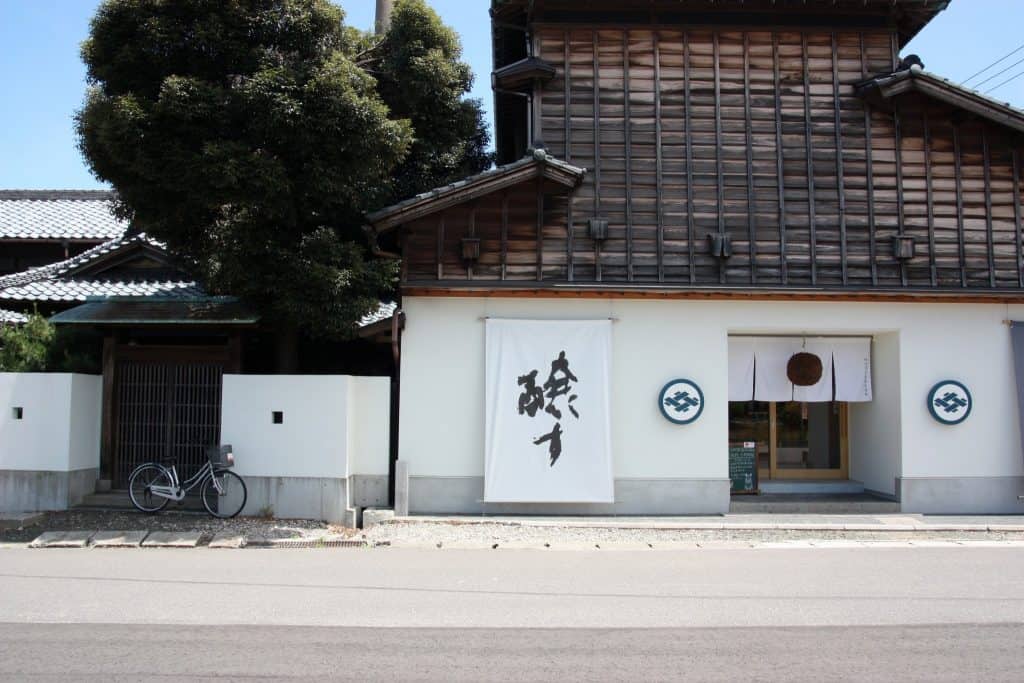
After a few minutes walk from the station, you won’t miss the beautiful building of the brewery. Dating back to 1767 but impeccably maintained and renovated with its immaculate white walls, the building has beautiful traditional roofing and its chimney stands tall in the background. On each side of the entrance you’ll see the very graphic and minimalist brewery logo. And above your head, a large ball of moss. You’ll learn during the tour that this is a sugidama, literally translating to ball of cedar. It is hung in December while still green and its color slowly fades to brown announcing that the sake of the year will be ready.

Once inside, you will be guided to the starting point of the tour. After taking my shoes off and putting on some slippers, I was ready to go.
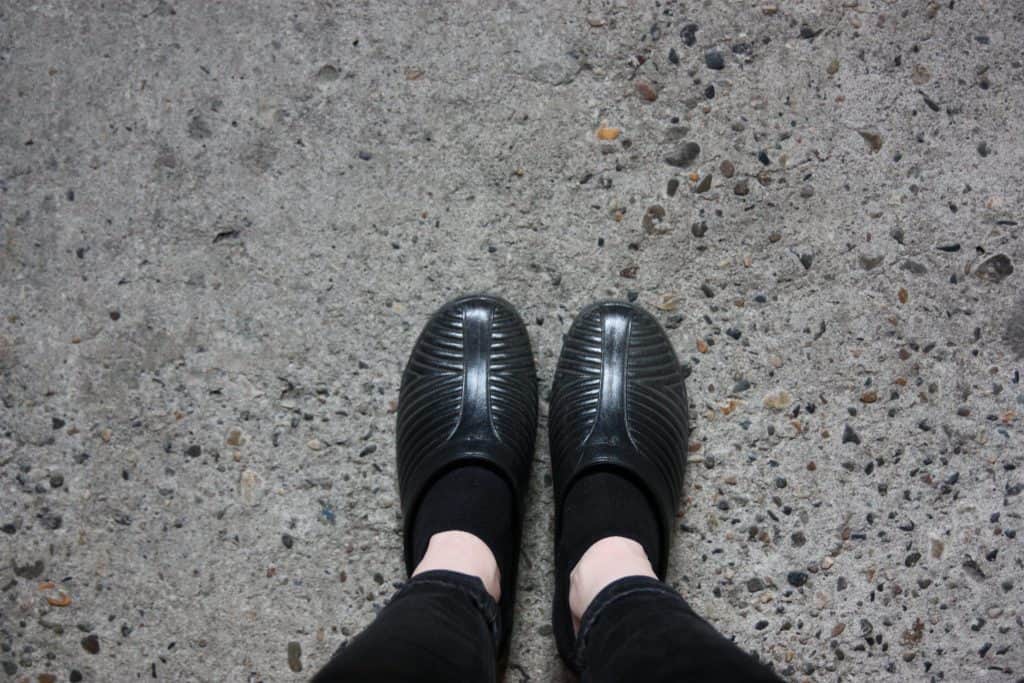
I only waited there a few minutes for potential other visitors to join me and finally ended up all alone with my guide for a private tour! It all starts by diving straight into the heart of the matter with a few explanations on the different steps needed to produce sake. Only a single ingredient is added to the rice and water: koji, a fungus in charge of transforming the rice starch into glucose, and then into alcohol. This brewery is actually known for this sake making method without additives, only using quality ingredients and traditional craftsmanship.
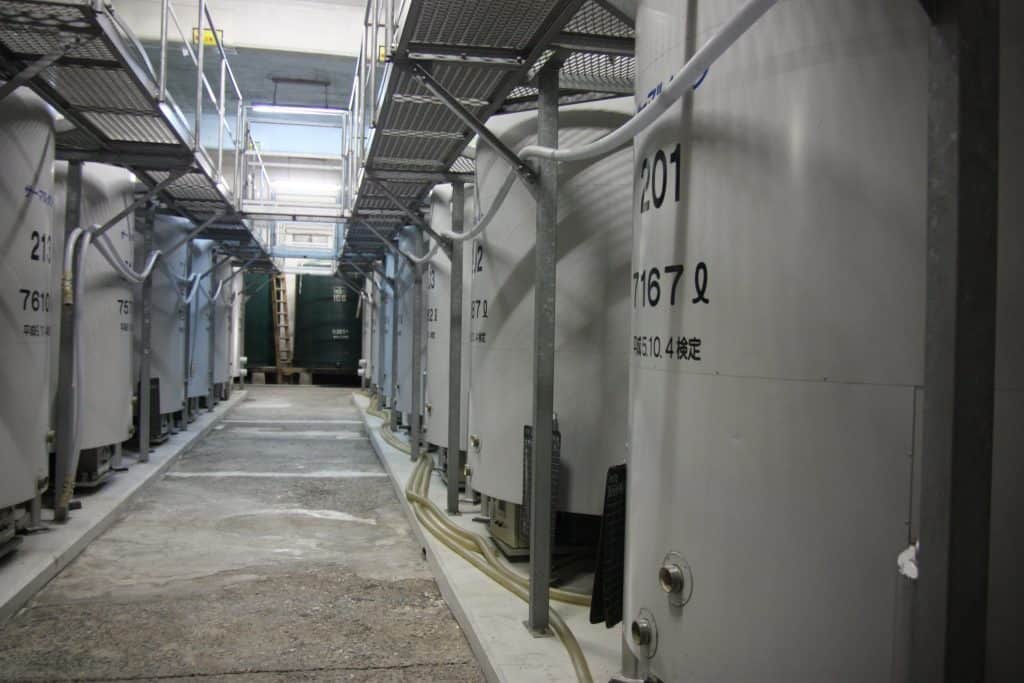
I was then guided from one room to the next, close to the impressive sake tanks (among which a rare one made out of wood still stands), then into the room where the fermented rice is being pressed, then into a small attic dating back to the Edo period built without any nails, and finally into a gallery where ancient bottles, sake making tools and even old ads are displayed.
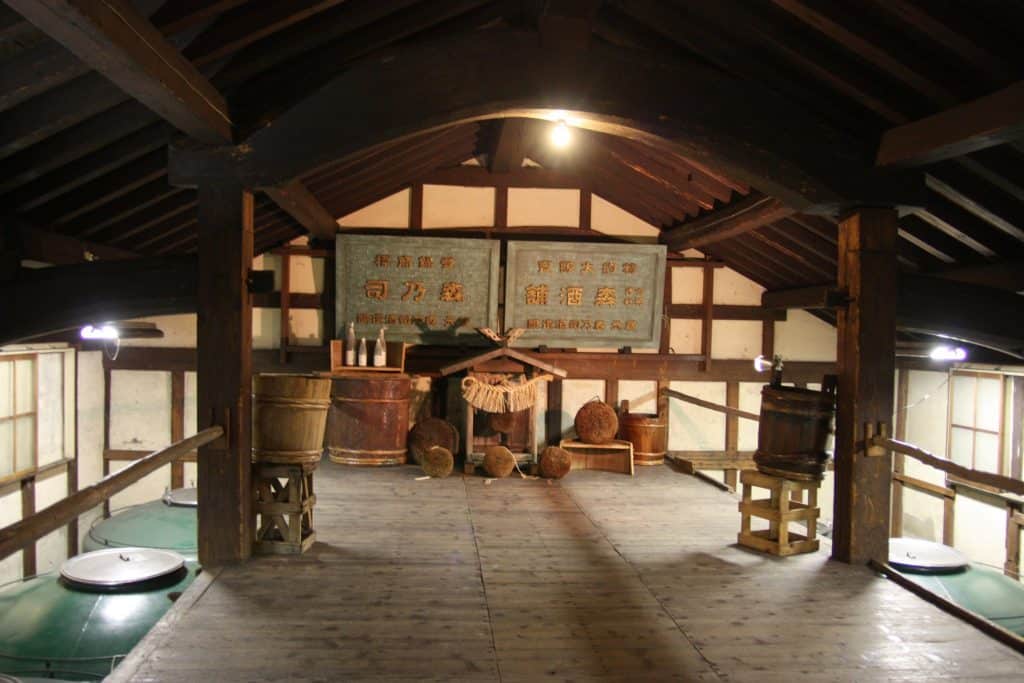
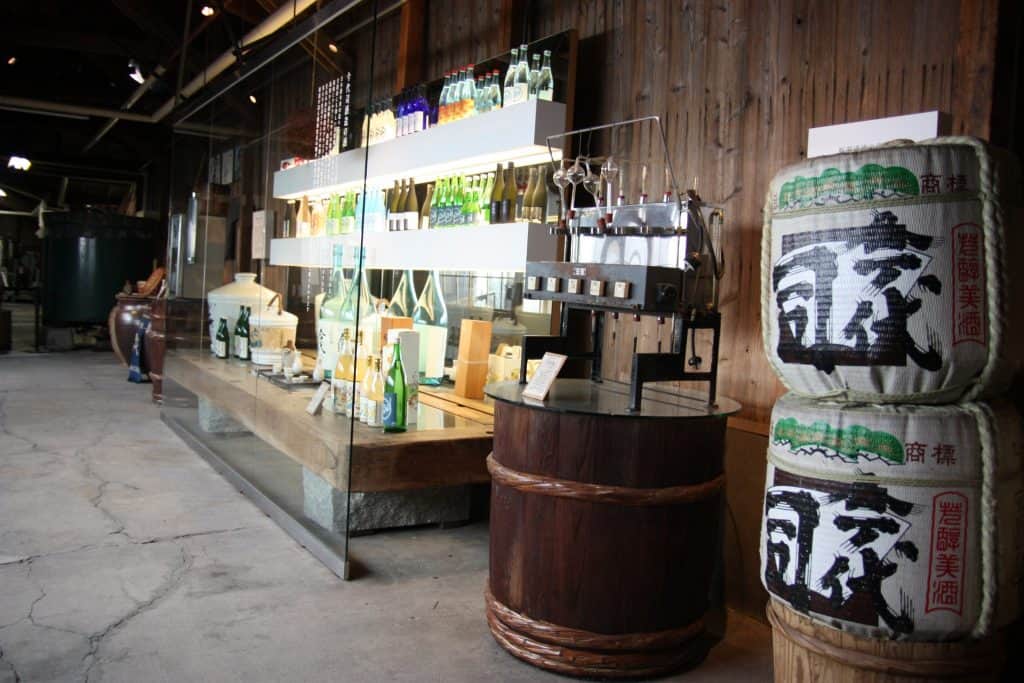
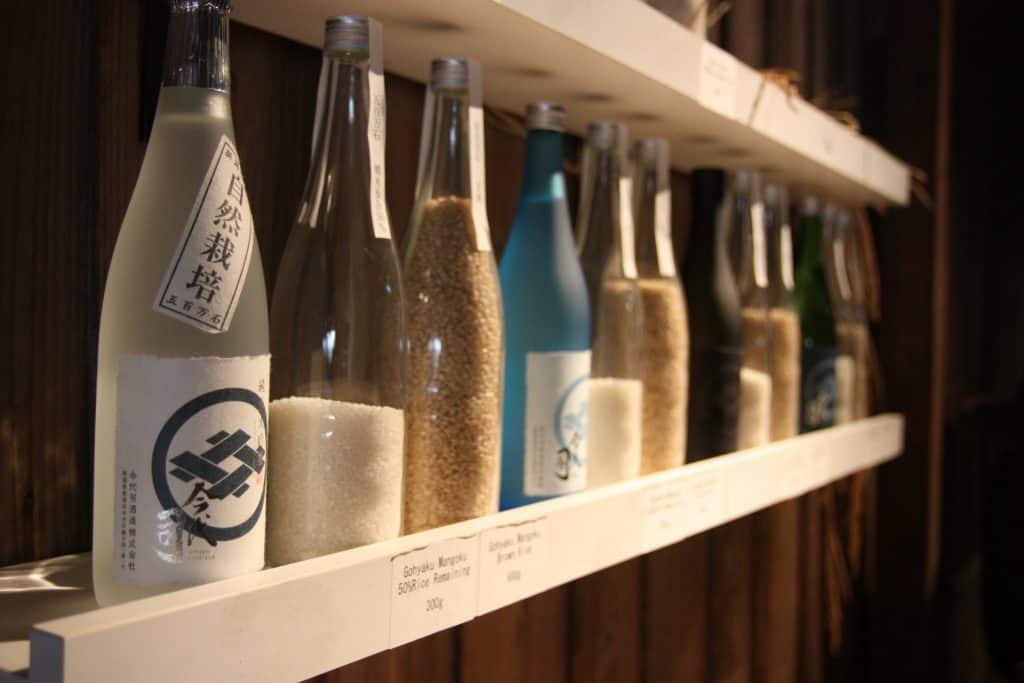
At the end of the tour, you will of course get a chance to taste the house specialties! A tasting session in due form is available at 500 yen, offering access to a dozen different sakes (and a small souvenir glass you can bring home). Otherwise, three sakes are available to taste for free.
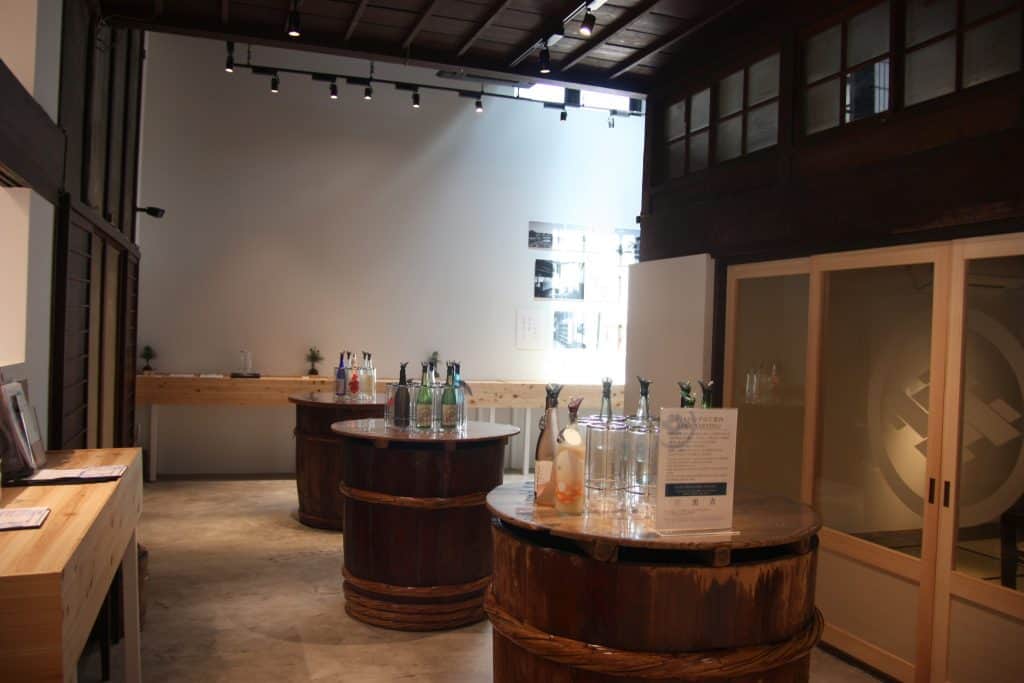
The tasting space directly opens onto the lovely shopping space, with shelves filled with beautifully packaged bottles, smaller souvenirs and even a few bonsaï trees. It’s hard leaving this place empty-handed.
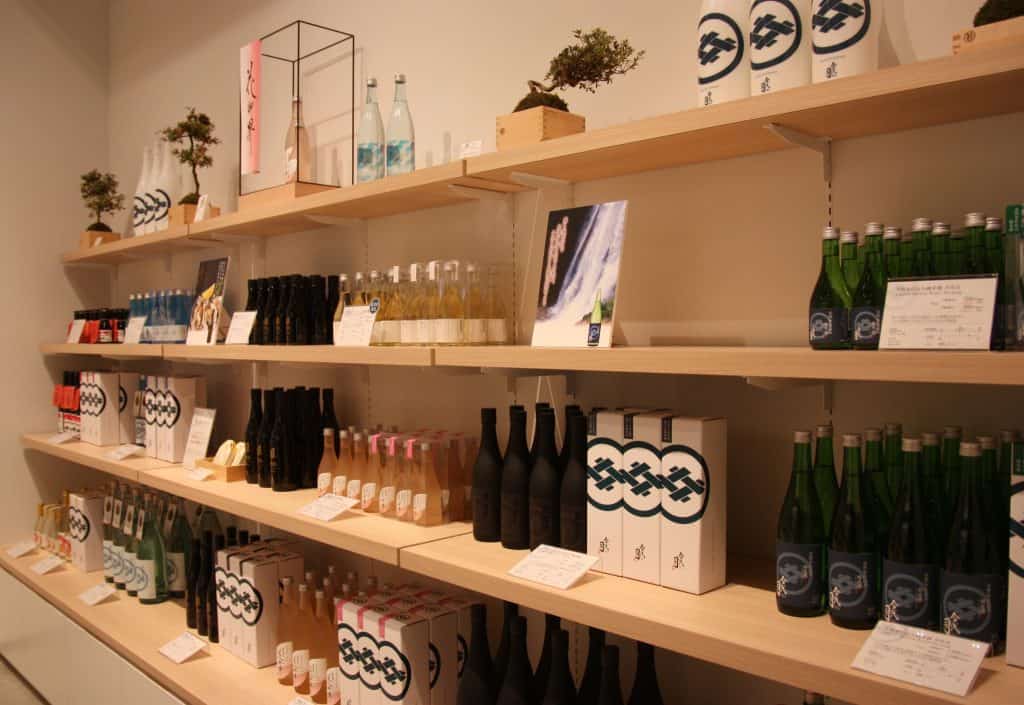
How to Access Niigata
From Tokyo: The trip from Tokyo to Niigata can be easily made via the Joetsu Shinkansen Line in about two hours.
From Kanazawa: You will need around three hours and 30 minutes to reach Niigata from Kanazawa Station via the Hokuriku Shinkansen Line, with a change in Takasaki.
Business Information
Ponshukan: The shop is located in the West Wing of Niigata Station and is open every day from 9:00 to 21:00. Please note that the tasting space is only open from 9:30 until 20:30.
Imayo Tsukasa Brewery: Accessible in 15 minutes by foot from Niigata Station. To learn more about the brewery and reach out for a tour guide in English, go check their website.
Do you need more information? You can find up-to-date information on Niigata’s history, main tourist attractions, accommodation, gastronomy, and transportation at the Enjoy Niigata Official Website.
Sponsored by Niigata city
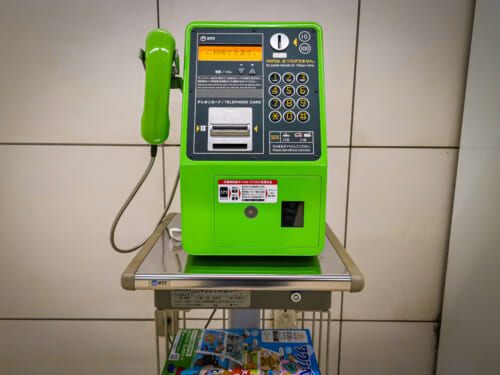
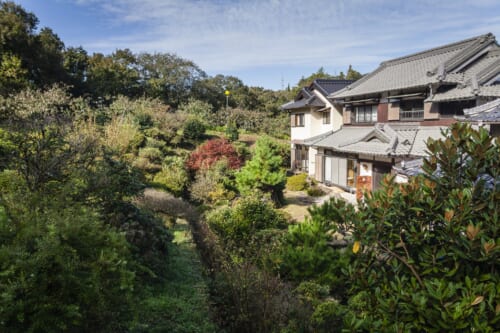
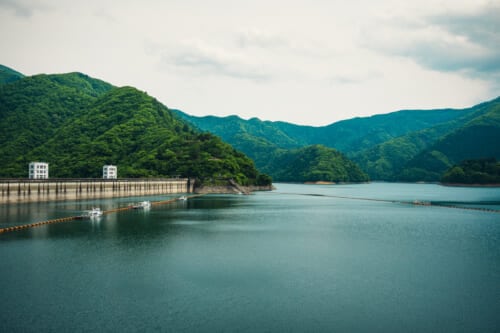
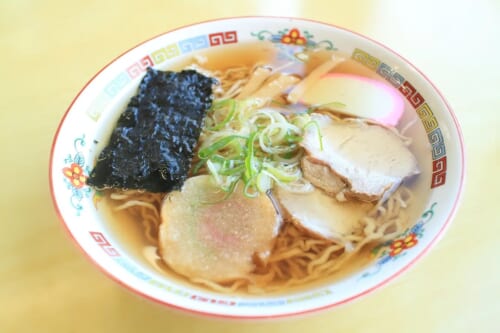

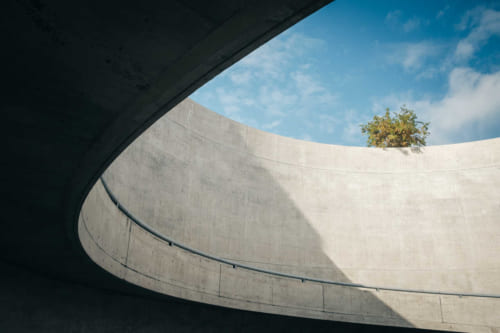
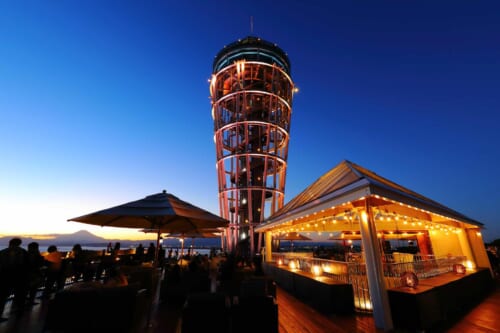
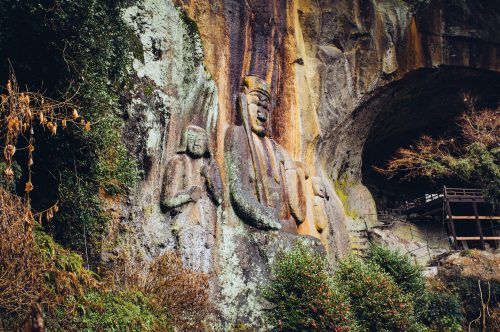


No Comments yet!